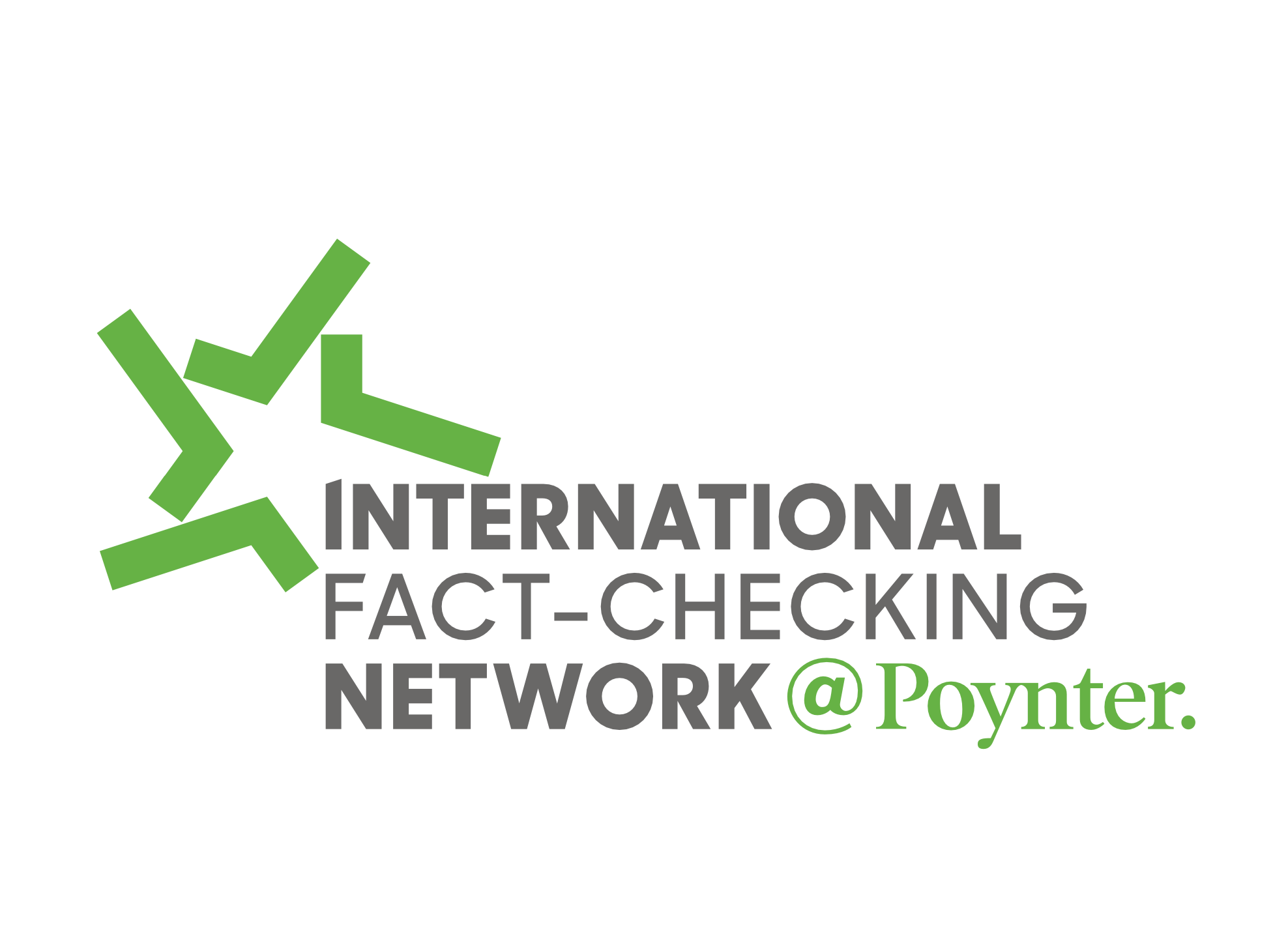When I first started on the BeatBlogging.org project almost three years ago, very few journalists and news organizations were using social media. In fact, you were considered kind of strange if you used social media. Now, it’s strange if a news organization or a journalist doesn’t use it.
The debate has moved from, “should we use social media?” to “how do we get the most out of social media sites such as Twitter?” This question is leading people and organizations to try to figure out what kind of tweets garner the most traction and why.
Services such as bit.ly, Chartbeat, Radian6, etc. allow journalists and news organizations to track how many people click on their tweets and see what’s getting retweeted, and many journalists are using them to track their tweets’ effectiveness and reach.
New York University journalism professor Jay Rosen uses a custom URL shorter for his links — jr.ly — to shorten his links and track how they do.
“I pay very close attention to this data,” he said via e-mail, “and it has
definitely influenced how I craft my Twitter posts and what I choose to put out.”
Among his findings about what does well: How To’s, charts, graphics, maps, fights between high-profile personalities and journalism business model tweets. Rosen pointed to a tweet he sent out of a graph showing how Egypt recently left the Internet that did very well.
He has also learned that how he crafts his tweets makes a big difference. Putting “recommended” or “this is a kick-ass essay by” has worked well, he said. People follow Rosen for a curated experience, and when he says something is recommended, it means something.
“Of course, I only do that when I have something that really is special to recommend,” he said.
Mandy Jenkins, social media producer for TBD, uses a mixture of tools such as bit.ly, Tweetreach, Omniture, TwentyFeet and others, but said much of her work is still done by feel. She said as TBD grows, she believes it will begin to develop a more formalized process for using analytics to track data.
In particular, Jenkins has been working on ways to get more click-throughs and retweets between 9 p.m. and midnight. She has found success during that time period by mixing late-breaking news and some of TBD’s fun features from earlier in the day.
“It’s a whole new crowd at night, many discovering our content for the first time that day,” she said by e-mail.
Jenkins has noticed that it really isn’t worth her time to send out tweets before 7 a.m. or between 5 and 7 p.m., because TBD doesn’t see much of a bump from those tweets. Five to 7 p.m. is classic rush hour in the Washington, D.C., region, but there are exceptions to every rule. During the recent snowstorms in the area, those kinds of rules go out the door; people are looking for traffic, weather and utility news, especially when they are trying to commute.
TBD’s Daniel Victor uses bit.ly to track the non-TBD links he sends out via Twitter (all TBD stories are wrapped in tbd.ly and tracked by Jenkins). Many people follow Victor, who was one of the original beatbloggers, to see what the next generation of journalists will do and think. (Rosen lists Victor on his “Young Smart Newsies” Twitter list).
Victor said he is always fascinated to see what works and what doesn’t. One of the things that doesn’t work is tweeting about baseball. Victor is a big baseball fan, but most people don’t follow him for that.
“So those tweets might be fun for me,” he said, “but I have to recognize that I’m boring most of my followers when I do it.”
The risk of boring followers or introducing noise to someone’s feed is that they’ll unfollow you or tune you out. When you look at Rosen’s Twitter feed, you see a hyper-focused stream that is on topic, thoughtful and very carefully curated.
Victor said he wants to track how differences in tone play out over Twitter. When does snarky make sense? When does witty make sense?
“The thing is, I am insistent that my tweets be very human-sounding and a genuine representation of myself, so it might sound counterintuitive to make decisions based on data,” Victor told me. “But I don’t think there’s a conflict there, and I don’t think it makes you a robot. Looking at the data is just listening to what your followers are silently telling you.”
David Beard, digital editor at the National Journal, said the mission for the Journal isn’t merely unique visitors or page views as much as growing a sustainable community of continued interest around the Journal. The Journal, unlike the other news organizations mentioned here, has a freemium model, and growing subscribers to its site is a key goal.
One of the things that Beard does is track readership and traffic patterns between months, seasons and years. So he can study how February 2010 and February 2009 did to see what may work in February 2011. Since the Journal’s coverage is so focused on Congress, Beard can look back at the data to see what played well the last time a new Congress came in or what works over recess.
In my work in the nonprofit space (I manage social media for Rare, an international conservation organization), I have found that tracking Twitter and social media data is ubiquitous. We are trying to monitor return on investment and how to get more out of our time on social media.
Newsrooms are trying to figure this out, too, and using analytics to track social media’s success remains a work in progress. Several journalists I spoke to said that while their news organization does have analytics for Twitter, they don’t have access to that information.
Seattle Times technology reporter Sharon Chan said that while she personally tracks retweets and mentions of her tweets, the Times does not track data on social media. Tracking social media organization-wide requires having an employee whose job it is to track this data — something that’s tough to accommodate for when you have limited resources.
As more journalists use social media as part of their daily jobs, having analytics that point to bright spots will help journalists make the most of their time. How tweets are crafted, when they are sent out, and their content all impact success.






Comments